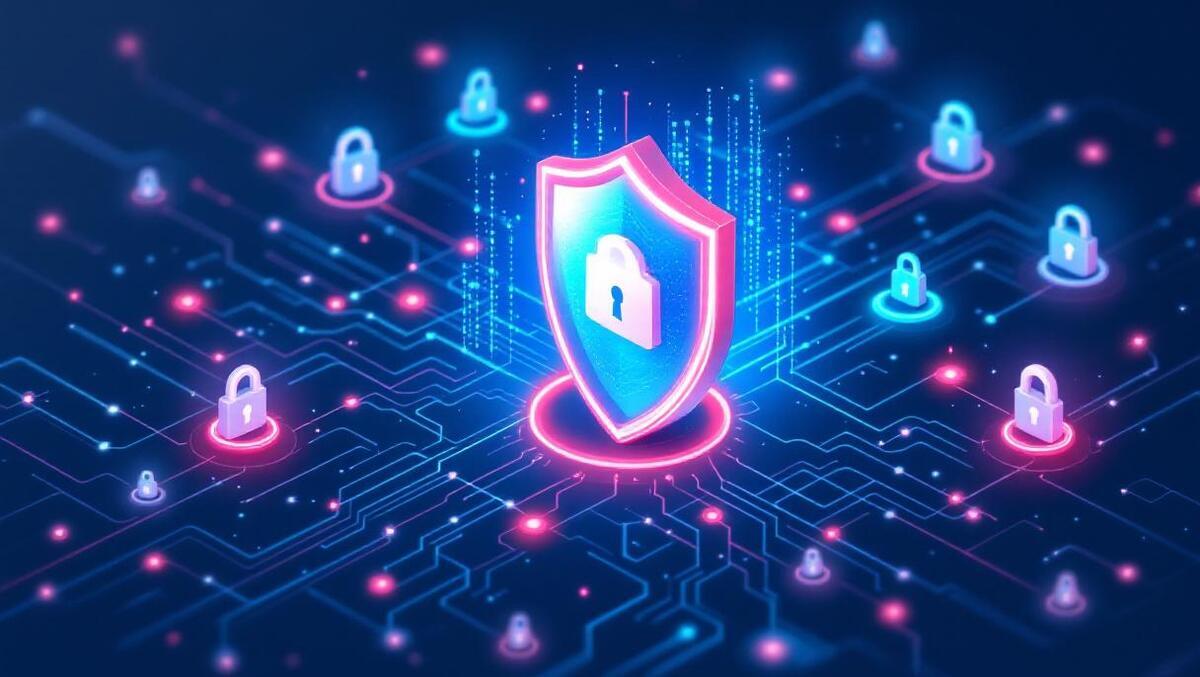Fortinet has announced enhancements to its FortiOS operating system that aim to protect organisations against potential threats posed by quantum computing to existing encryption standards.
Quantum security risks
The evolution of quantum computing has raised concerns among cybersecurity professionals and organisations responsible for sensitive data. Quantum computers, which utilise principles of quantum mechanics, are expected to process complex calculations significantly faster than current technology, making it feasible to break traditional encryption methods protecting network and user information.
Industries such as telecommunications, financial services, government, and healthcare are seen as particularly at risk because they handle data that must remain confidential over many years. Some cybercriminals are already engaging in so-called “harvest-now, decrypt-later” attacks, where they collect encrypted data with the intention of decrypting it in the future as more powerful quantum computers become available.
New capabilities in FortiOS
Fortinet’s latest FortiOS release, version 7.6, includes features intended to allow customers to deploy quantum-safe encryption methods and transition to post-quantum security environments.
These features are integrated and available to users of FortiGate next-generation firewall and Fortinet Secure SD-WAN at no additional cost. The update includes support for post-quantum cryptography (PQC) methods such as National Institute of Standards and Technology (NIST)-approved algorithms like ML-KEM, as well as emerging algorithms BIKE, HQC, and Frodo.
Quantum key distribution (QKD) support is also included, providing a method for securely exchanging encryption keys using quantum mechanics so that any attempts at eavesdropping can be detected. QKD support was initially introduced in FortiOS 7.4, allowing compatibility with various QKD technology providers through standardised interfaces.
To improve overall resilience, the system allows for algorithm stacking – the use of multiple cryptographic algorithms in tandem. Other enhancements include a hybrid mode, where both conventional public-key cryptography and QKD can operate together, and an updated user interface to simplify the management of quantum-safe settings by network administrators.
Industry perspective
Michael Xie, Founder, President, and Chief Technology Officer at Fortinet, said, “At Fortinet, we’re committed to arming customers with cutting-edge technology to protect against new and emerging threats. As quantum computing advances, organisations can trust Fortinet’s technology innovation and leadership to safeguard their critical data and future-proof their infrastructures. Many enterprises are eager to take action to protect their networks from quantum-powered threats. That’s why we’ve made cutting-edge, quantum-safe features available today for FortiGate next-generation firewall and Fortinet Secure SD-WAN customers, so they can confidently transition to post-quantum security.”
Deployment and future-proofing
The approach of integrating both networking and security in one operating system allows Fortinet to deliver contemporaneous security updates, such as these new quantum-resistant capabilities. By deploying these features now, customers can address security needs prompted by developments in quantum technology while ensuring current performance levels are not impacted.
The update is positioned as part of Fortinet’s focus on providing practical tools for organisations managing sensitive or long-term data. The inclusion of PQC methods and QKD is intended to assist IT teams in preparing their infrastructure for future threats, rather than responding retroactively once quantum attacks become practical.
With the rollout of FortiOS 7.6, organisations have access to quantum-safe encryption and key distribution options alongside the ability to stack algorithms for layered protection and migrate to hybrid or fully post-quantum environments as required. The user interface changes are intended to aid a smoother adoption process and reduce operational complexity for administrators.
Fortinet’s strategy continues to be rooted in the convergence of networking and security in a single platform, with updates such as the latest FortiOS release reflecting ongoing adjustments to emerging threat landscapes including the advent of quantum computing.

